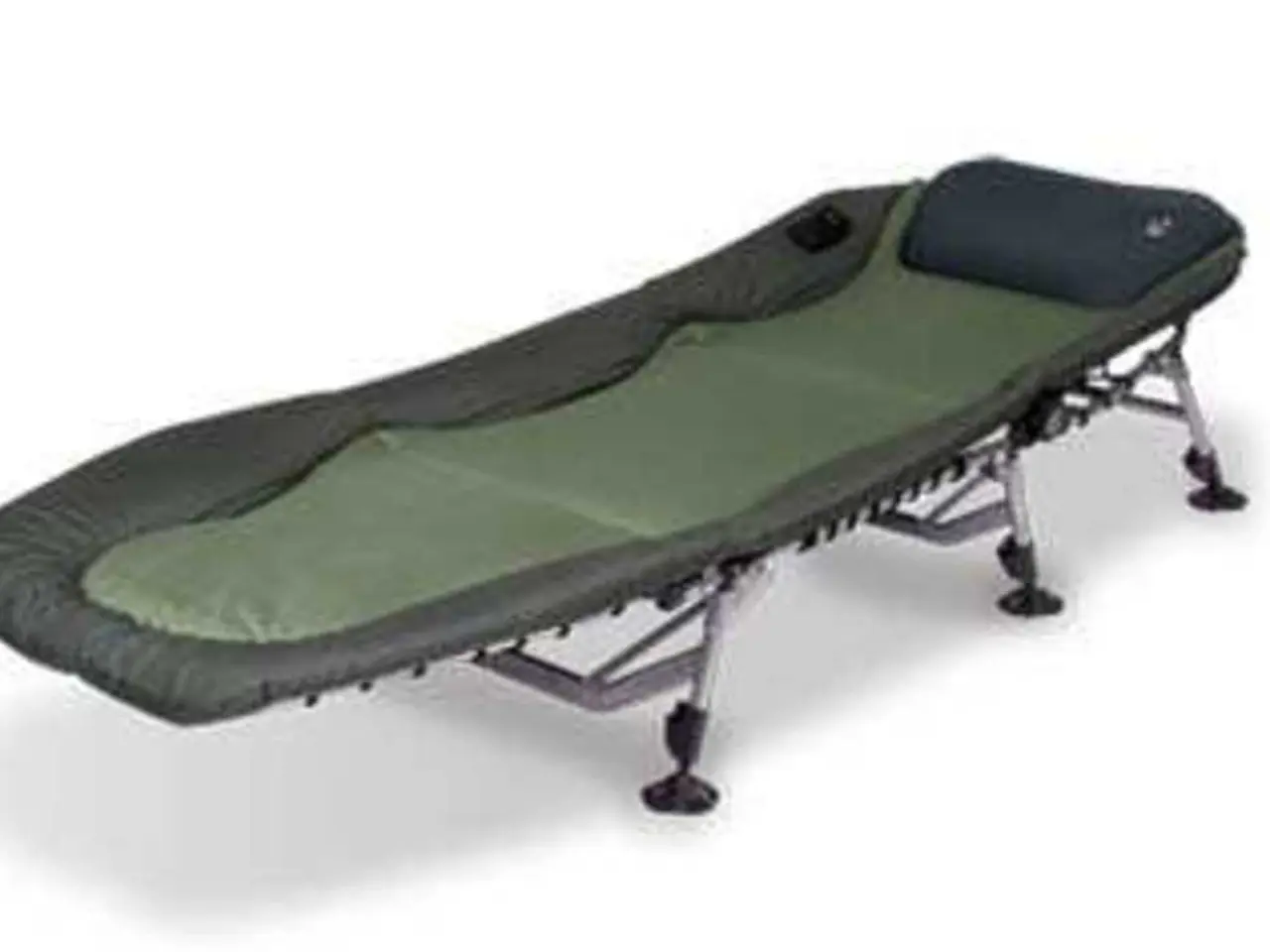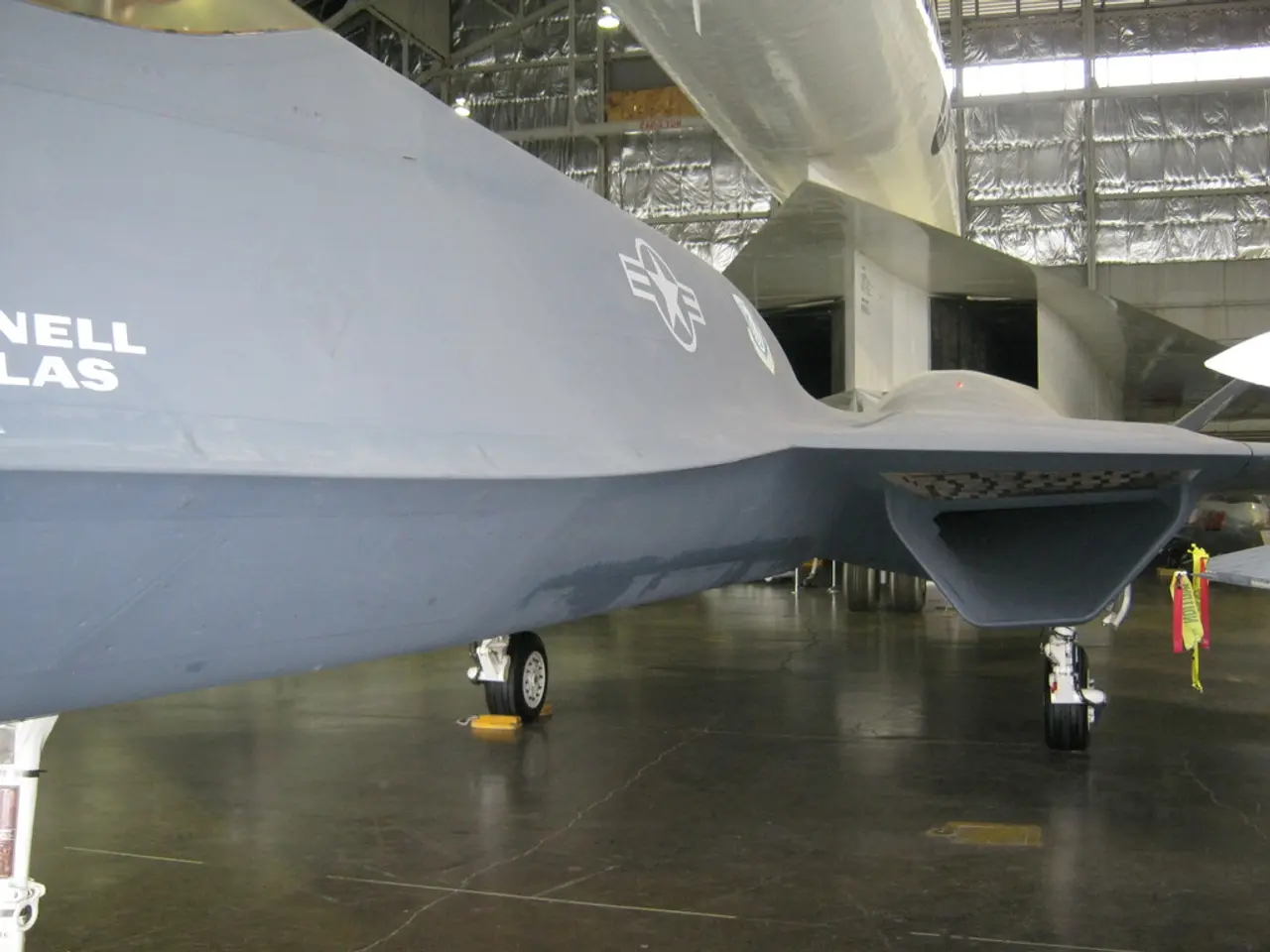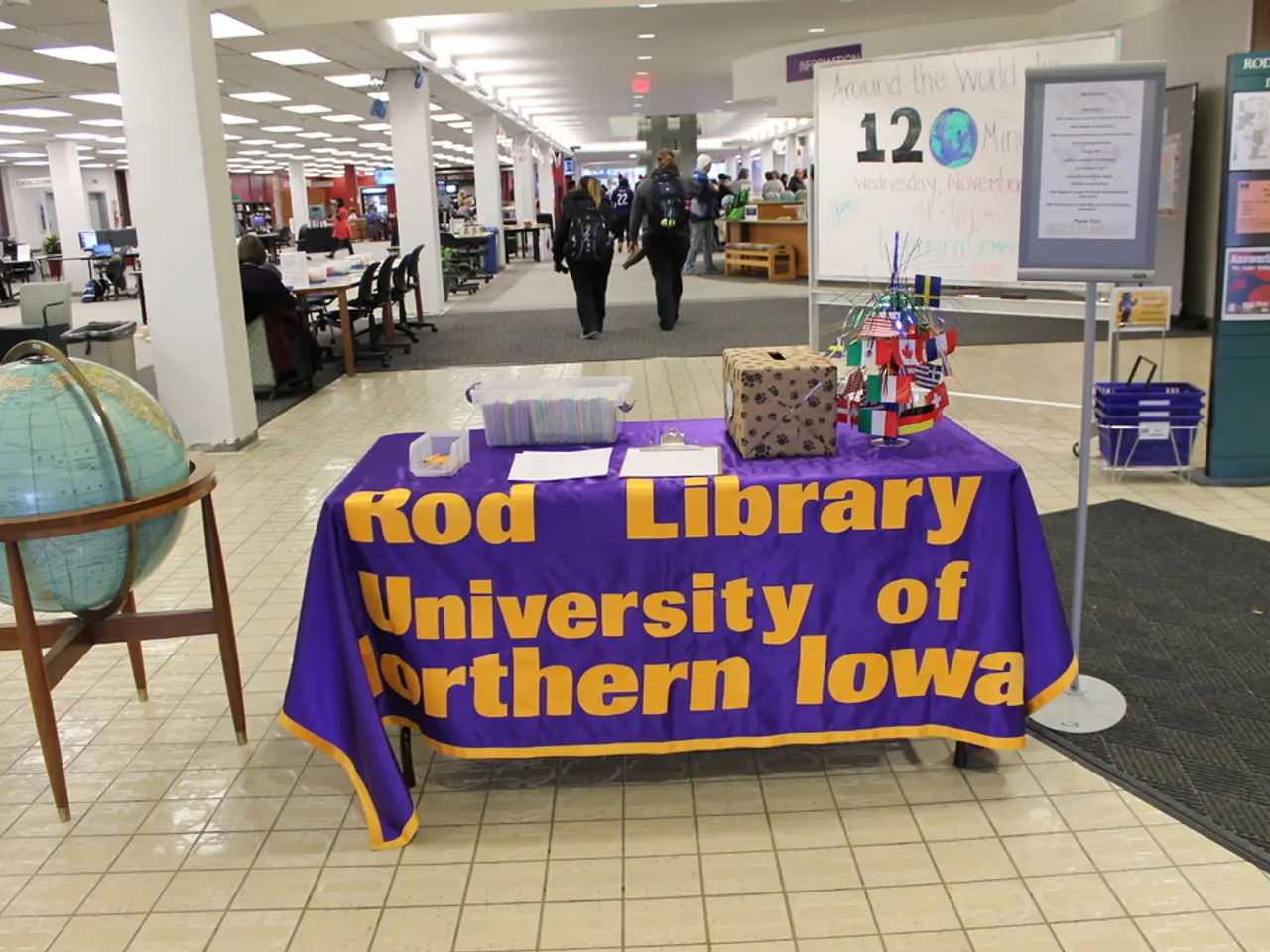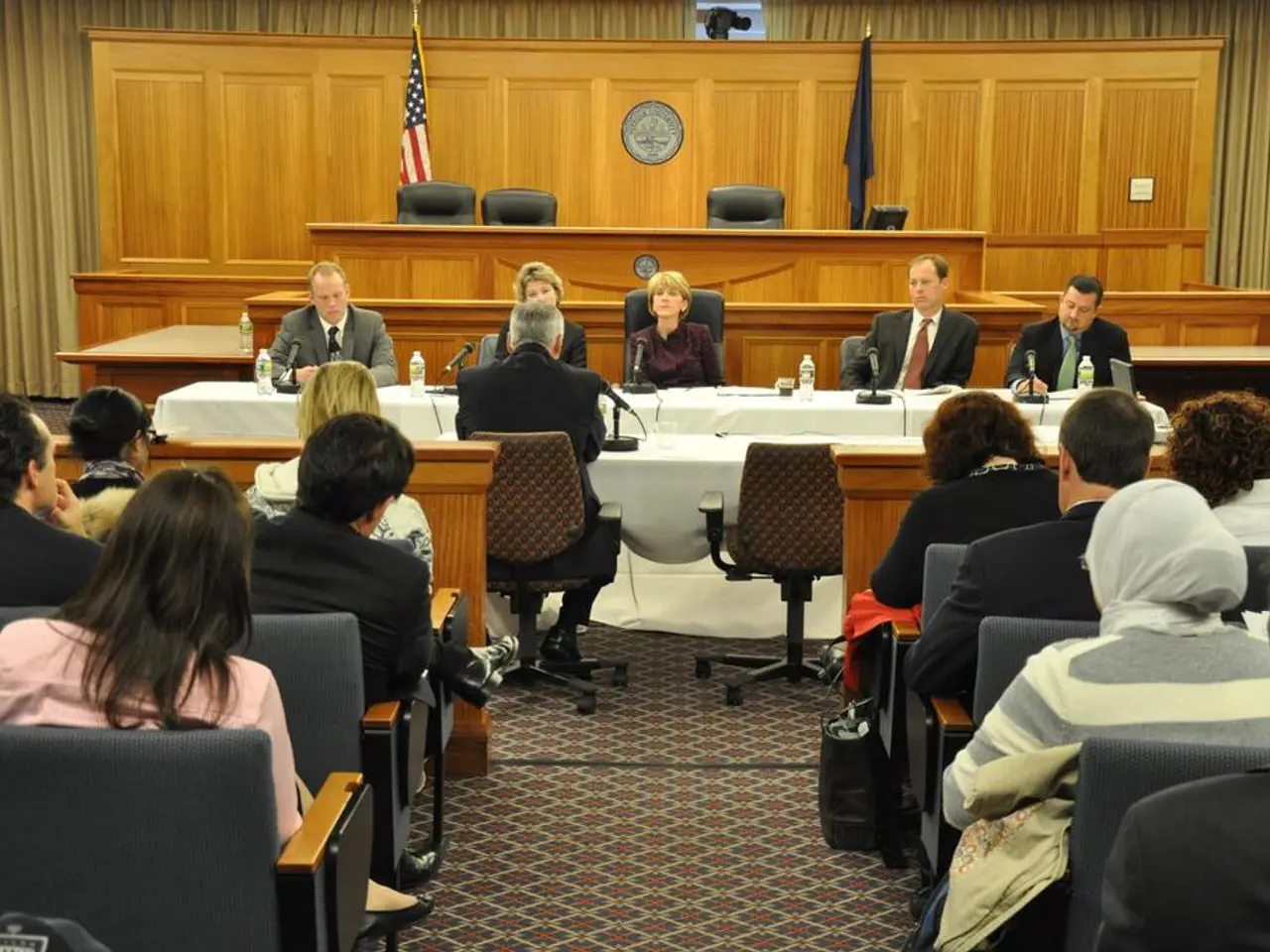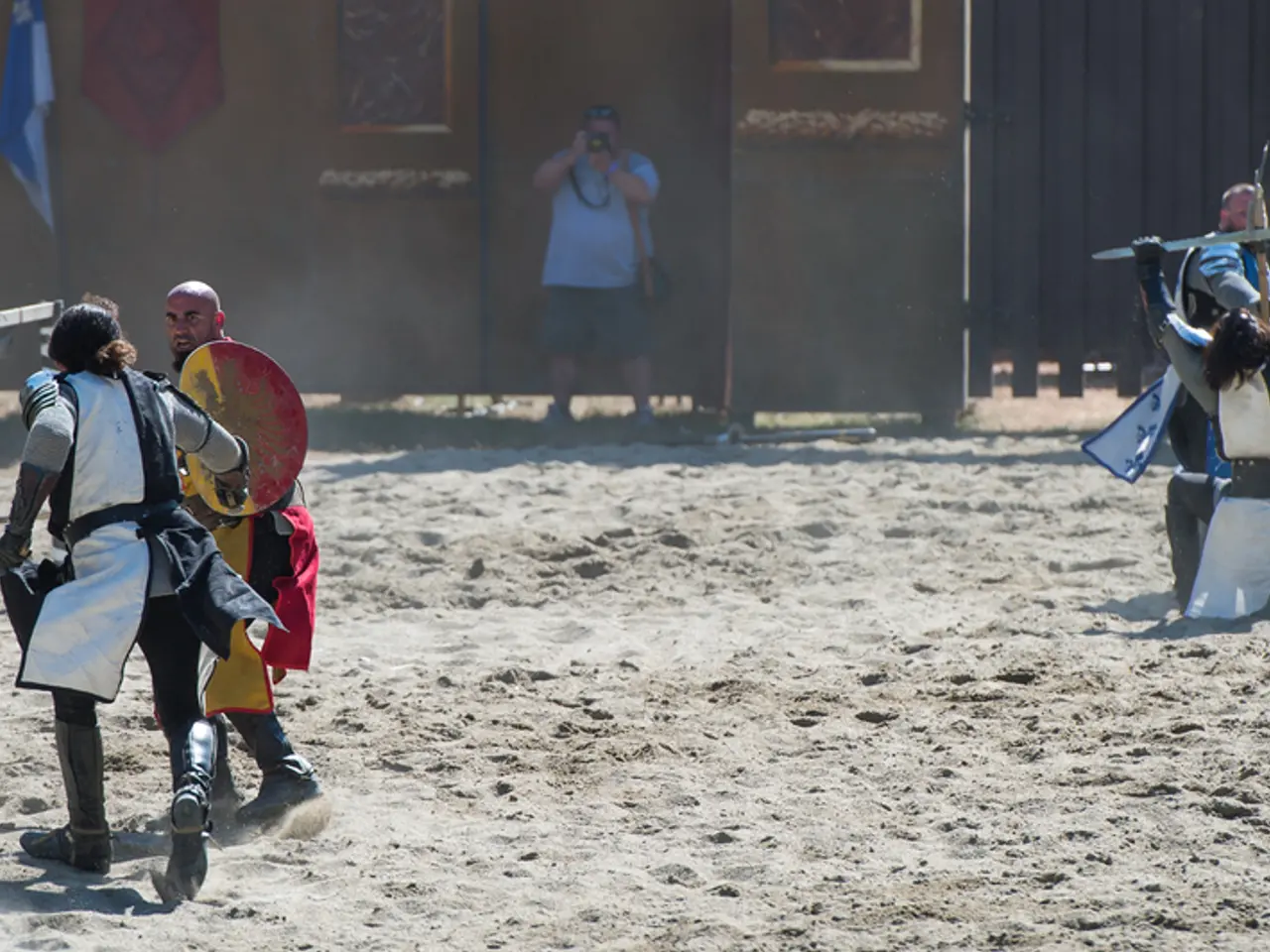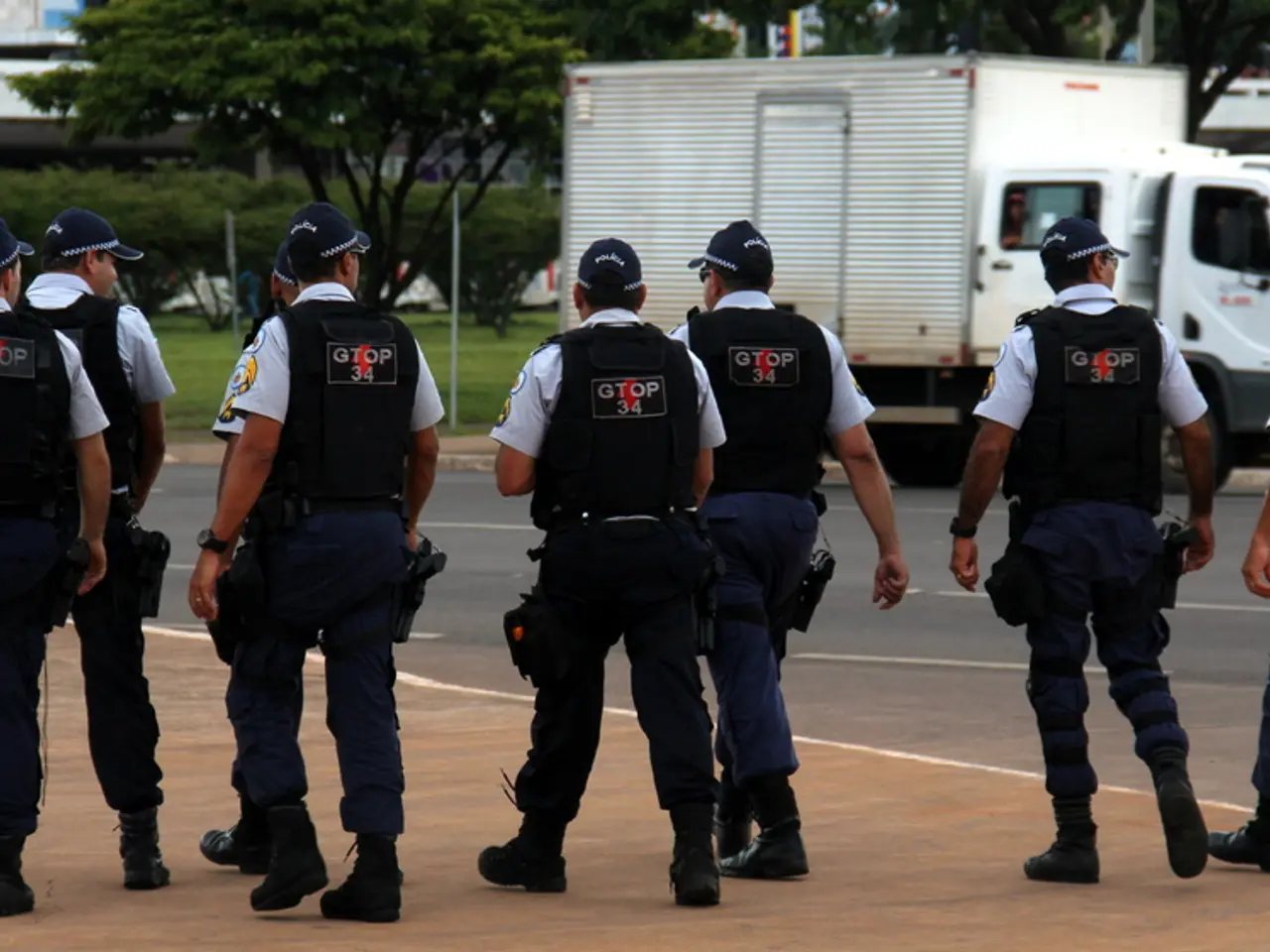Musiala sustained a broken calf bone.
In a recent incident during a football match against Paris Saint-Germain, Bayern Munich's promising young talent, Jamal Musiala, sustained a complex ankle injury. The injury involved a fracture in the fibula, a crucial bone for ankle stability, and dislocation of the talus bone.
The fibula, often referred to as the "little brother" of the tibia, carries about 15% of the body weight. It forms a fork around the talus bone with the tibia, providing essential support to the ankle. The diagnosis of Musiala's injury is a fibula fracture.
Extreme forces are needed for a fracture in the fibula, and given the complex nature of the injury, surgery was necessary. Musiala underwent a procedure that involved stabilising the fibula with a titanium plate and screws, and reconstructing the dislocated ankle and suturing torn ligaments.
Sports physicians predict a full recovery for Musiala without any permanent restrictions, provided everything goes optimally in the healing process. However, the rehabilitation process is expected to take several months.
The rehabilitation process for a fibula fracture consists of four phases: weeks of immobilization, mobilization, strength training, and finally team training. Early passive and active ankle movements start a few days after surgery to maintain joint mobility, with partial weight-bearing beginning around 6 weeks, progressing to full weight-bearing depending on healing progress confirmed by imaging.
Despite the complexity of Musiala's injury, there is still hope for a positive outcome in his recovery. Young bones, like Musiala's, regenerate faster and often stronger than older bones, which could potentially speed up his recovery.
However, these injuries carry a risk of complications such as joint stiffness, chronic pain, instability, and potentially post-traumatic arthritis due to cartilage damage. Repairing associated ligament injuries, for example, the calcaneofibular ligament, can improve ankle stability but may extend surgery and recovery time.
In conclusion, for a football player with a complex fibula and talus fracture plus ligament damage, bone healing typically takes approximately 3 to 6 months. Early motion exercises start within days post-surgery, with partial weight-bearing beginning around 6 weeks, full weight-bearing later based on healing. Rehabilitation and physical therapy are essential for a return to sport. Potential long-term risks include stiffness, instability, and arthritis, which can impact athletic performance over time.
Modern orthopedics has made it possible for players to recover from injuries that would have ended their careers in the past. Musiala's recovery will require patience and discipline to avoid setbacks, but his youth and determination bode well for his future on the pitch.
The fibula, being one of the bones in the ankle joint crucial for stability, was fractured in Jamal Musiala's injury during a football match, requiring surgery for stabilization and ligament repair. Sports physicians anticipate Musiala's recovery without permanent restrictions, provided the rehabilitation process, consisting of four phases, goes optimally, with potential long-term risks such as stiffness, instability, and arthritis.
